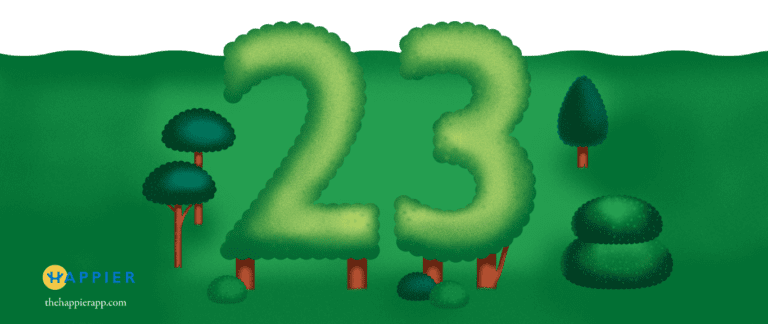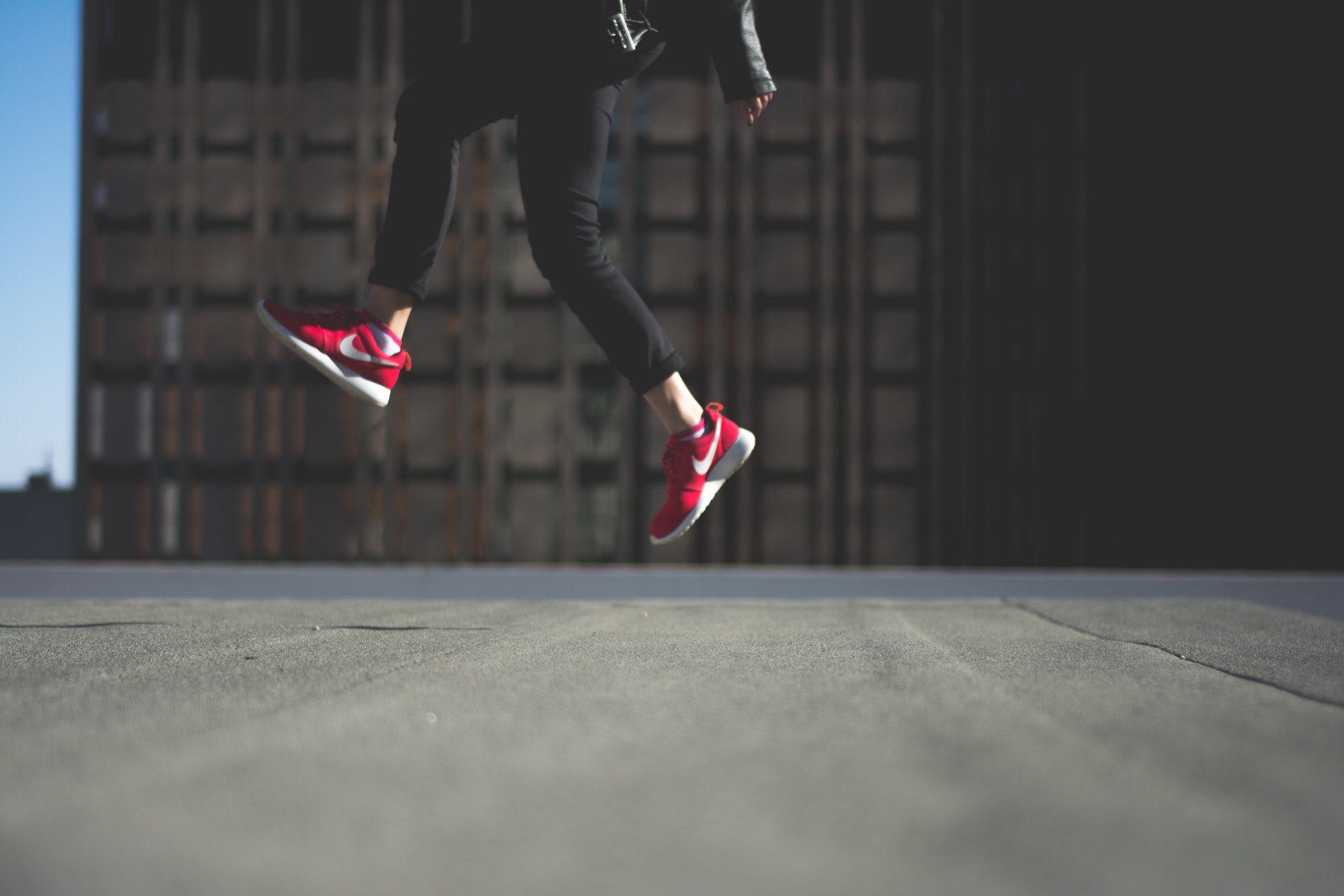For my book about the body and the senses, I’ve been learning a lot about the senses. And as an exercise for that book, I’ve also been writing a collection of aphorisms. (Yes, there is a connection.)
Sometimes I write an aphorism, and over time, I realize more and more how true it is. For instance: Nature makes it pleasant to follow her commands.
I keep finding more examples of this observation.
For instance, with sunlight.
We’re attracted to sunlight. We gravitate toward sunny spaces. I live in New York City, and people often talk about the light in their apartments. In one of my favorite books, Christopher Alexander’s brilliant A Pattern Language (Amazon, Bookshop), Alexander points out many “patterns” that we seek in our spaces: “Indoor Sunlight,” “Tapestry of Light and Dark,” “Wings of Light,” “South Facing Outdoors,” “Sleeping to the East,” “Light on Two Sides of Every Room,” “Filtered Light.”
Now, when the days are getting shorter, I’m particularly aware of the importance of sunlight.
The uncertainty and upheaval of the pandemic has been hard on everyone. I keep reminding my daughters, “Go outside! Get the sun in your face!” In the past, I took Barnaby for his morning walk by myself, but during this period, I’ve persuaded my husband Jamie to walk with me and Barnaby every morning, to make sure that Jamie gets a dose of exercise and sunlight to start his day.
That sunlight that does crucial work for our bodies.
Like the railways that needed Greenwich Mean Time to synchronize their schedules, our bodies use sunlight to maintain our circadian rhythms.
When to wake up or feel sleepy, when to get hungry, when to do repair work throughout the body—all these are set by the circadian rhythms that operate on cycle of about twenty-four hours.
Regular daylight boosts our alertness, mood, and activity, and can help lower blood pressure and strengthen the immune system. Many health issues, such as insomnia, obesity, and depression, have been linked to a disrupted body clock.
For this reason, I need to go outside. On even an overcast day, the outside light is at least twice as bright as inside light. If I’m standing in the shade on a sunny day, I might be standing in light that’s fifty times brighter than an indoor space.
In the United States, we spend about 87% of our time indoors and 6% in cars, which means we’re spending our time in a permanent twilight; light deprivation is one reason that we feel tired. The lobby of my apartment building appears brightly lit, but when I walk outside into the full sunshine, I see what light can be.
Learning about the importance of sunlight—and particularly, early morning light—made me even more diligent about looking up at the sky when I walk with Barnaby and Jamie each morning. I make sure to glance up to see the beauty of its ever-changing colors, and to get the benefits of its healthful dawn light.
What habits help you get outside and into the sunlight?




